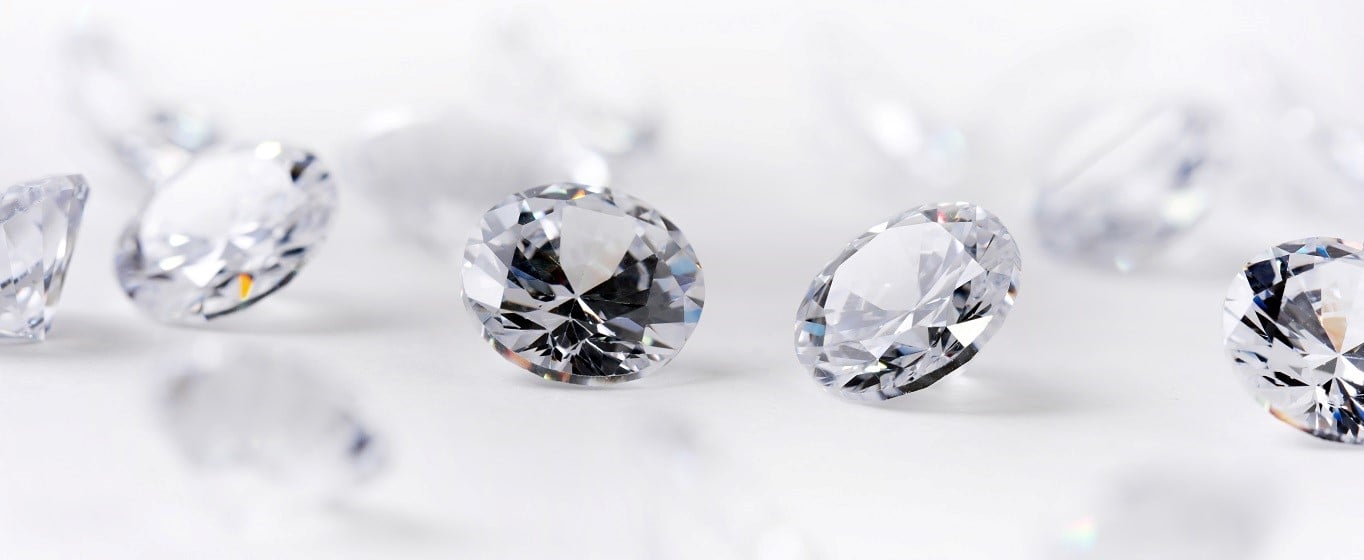The rise of lab grown diamonds

What it means for your collection
Diamonds have long been associated with value, status and exclusivity. From family heirlooms to tokens of our love and affection for one another, the diamond is one of the most popular stones.
And while they were once exclusively formed in the Earth’s mantle, times have changed, and diamonds can now be grown in specialist laboratory environments. In fact, lab-grown diamonds are now readily available; a recent report indicated that in the USA, which is the world’s biggest market for diamonds, lab-grown diamonds have grown from around 1% to 2% of market share in 2016 to nearer 50%, with the UK market following a similar trajectory.
With lab-grown diamonds becoming more and more popular, it’s worth considering how this impacts the value of true diamonds.
How to identify a lab grown diamond
Both chemically and optically, lab grown diamonds are essentially the same as their natural counterparts. This means that traditional gemological observations and old-style ‘diamond detectors’ are not able to tell them apart.
So, how does an expert certify a natural diamond? The valuations team at Watches of Switzerland Group, a partner of NFU Mutual, note that there is a tiny chemical difference between the two. “Natural diamonds often contain a trace amount of nitrogen, while lab grown diamonds do not. Lab-grown diamonds occasionally show what we call birefringence. Essentially, this is a double refraction which causes a ray of light entering the substance to be split into two and when looking into a gemstone, the back facets can appear to be doubled.”
“Another thing to look out for is internal flaws, which indicates that the diamond is natural. Most natural diamonds have internal flaws that occurred during the stones’ formation, whereas lab grown diamonds tend to be cleaner. This is because they’re created through a controlled process which is designed to minimise any defects, resulting in fewer flaws in the crystal structure.”
However, the most reliable and conclusive method of detecting if a diamond is lab grown or natural is by sending it off to a laboratory for testing.
The importance of diamond certification
As there are a limited number of natural diamonds on earth, many people choose to invest in them. If you’re fortunate enough to have diamonds in your possession, their value may increase over time. But, while high-quality natural diamonds have been known to retain their value, lab diamonds are far less predictable. That’s why it’s more important than ever to ensure your natural diamonds are properly certified.
As lab grown diamonds can appear almost identical to natural diamonds, certification is the only way to know the true value of your collection, and ensure it is accurately insured should you need to make an insurance claim. For example, according to the Jewellery Valuers Association, a one carat natural diamond ring could be valued at £15,000, whereas the lab grown equivalent would be valued at under £7,000, which means that replacement costs – and insurance premiums – could be vastly different. Certification is the only way to ensure your most valued diamonds are adequately protected by insurers.
The team at Watches of Switzerland advises: “When purchasing a diamond piece of jewellery, requesting a certificate from a reputable diamond grading laboratory is essential. Not only will this state carat weight, colour and clarity but also whether the diamond is laboratory grown or natural. Both the Gemological Institute of America (GIA) and the International Gemological Institute (IGI) produce different styles of certificates for lab-grown and natural diamonds and will also laser engrave the girdle with the certificate number.”
At NFU Mutual, we understand the importance of protecting your cherished possessions so as part of our NFU Mutual Bespoke Home Insurance we work with trusted partners who can, for a fee, provide a valuation for your collections.

NFU Mutual Bespoke Home Insurance
NFU Mutual Bespoke Home Insurance is specially designed to cover high-value homes and belongings such as expensive jewellery or watches, which may not be fully protected by a standard home contents insurance policy. Tailored around you and your lifestyle, our cover ensures that your most valuable possessions are in safe hands.